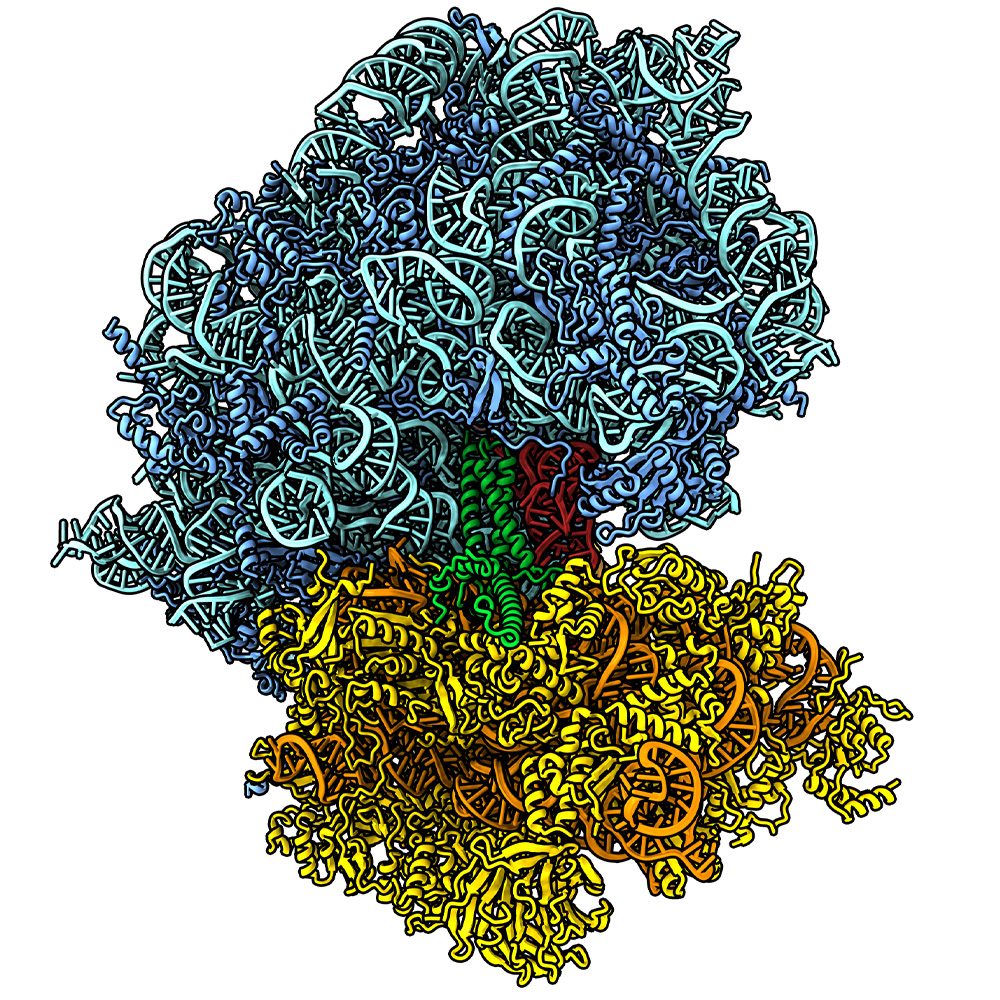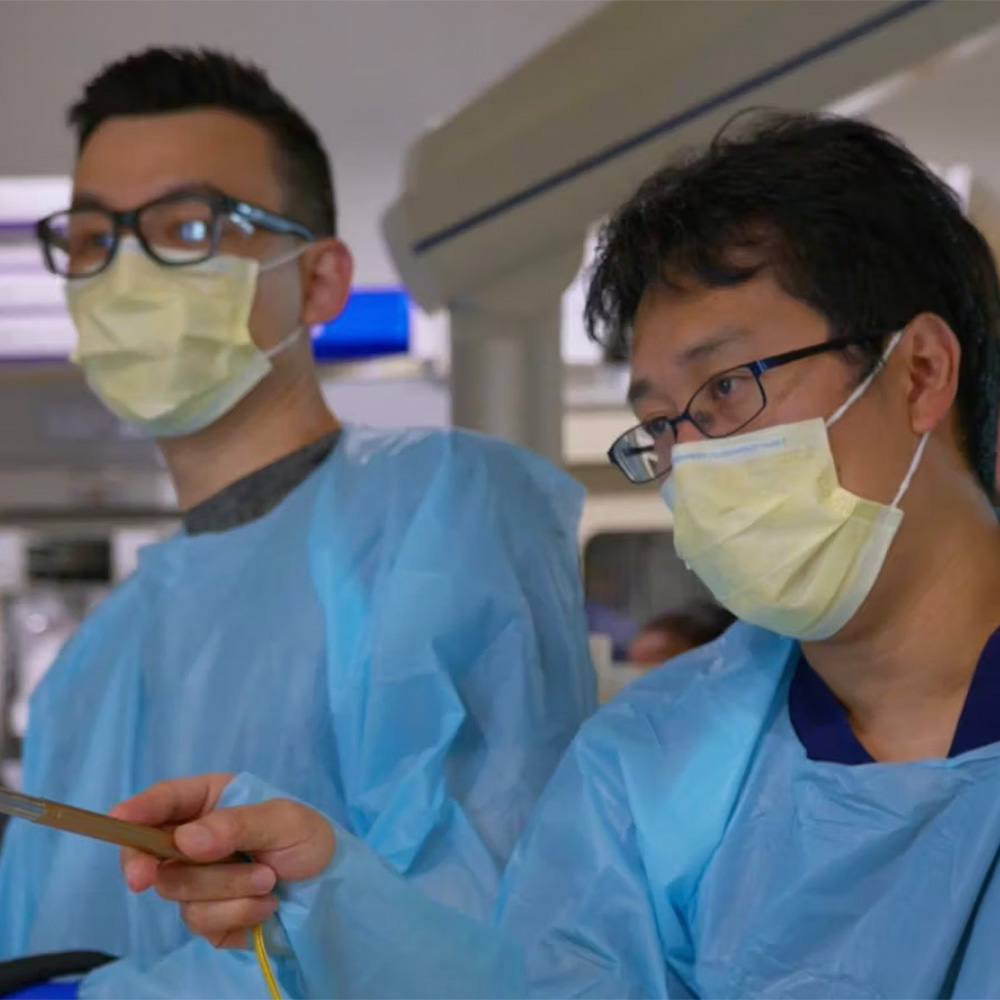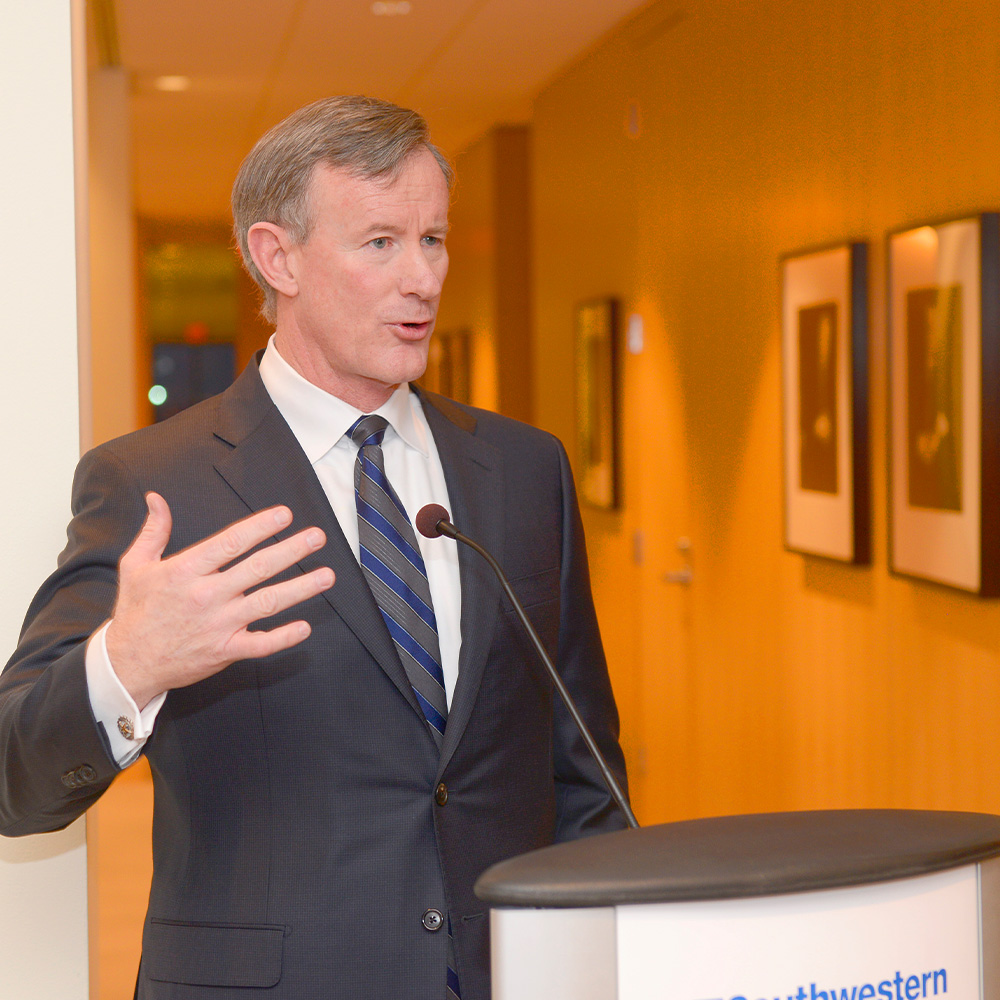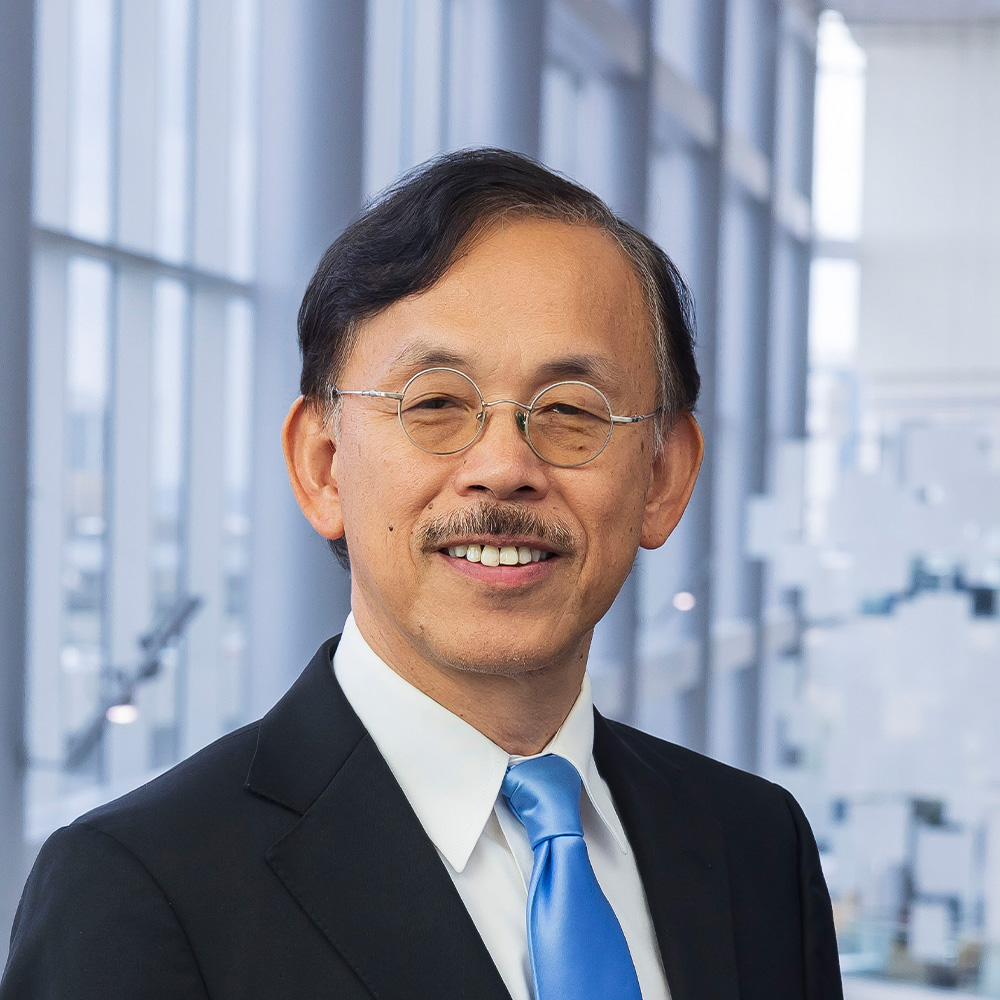Quality forum highlights Sim Center advantages

A recent quality improvement and research forum showcased the advantages to be gained from UT Southwestern’s new state-of-the-art Simulation Center that will provide students, trainees, and practicing physicians vastly expanded opportunities to hone surgical and decision-making skills. The simulation forum included 36 scientific presentations highlighting work underway on campus.
The $40 million Simulation Center – expected to be among the most advanced in the country – opens this summer. It will offer learners of all experience levels the latest high-tech simulators that closely replicate diseases and situations that health care providers encounter in the real world.
Dr. Daniel Scott, Assistant Dean, Simulation and Student Integration at UT Southwestern Medical School, oversees the Simulation Center that will cover 49,000 square feet – compared with 3,000 square feet of training space currently available. The new Center includes six inpatient simulation rooms, 20 standardized patient rooms, five high-fidelity suites, a multipurpose skills lab that can accommodate 96 learners, virtual reality and robotic suites, and numerous other high-tech environments. More importantly, the Center allows UTSW to significantly expand its simulation programs – both in the number and types of training – giving participants more opportunities to refine their skills. The 2½-year expansion planning has been led by Dr. Charles Ginsburg, Vice Provost and Senior Associate Dean for Education and Professor of Pediatrics.
UT Southwestern has long used simulators in its training. For learners, simulators expand the breadth and depth of their skills by offering opportunities for practice and ensuring mastery of standardized processes. For patients, simulation training enhances the quality and safety of care they receive as providers are better prepared and more proficient during their training years and as they enter practice.
More than 350 providers, educators, and students attended UT Southwestern’s first Simulation-Based Quality Improvement and Research Forum.
“There are two spheres of training: one is repetition to drive confidence and to attain some threshold of measured competence, and the second is more about cognitive decision-making and the variances you might encounter,” said Dr. Joshua Weis, a fourth-year Surgery resident who is taking a two-year fellowship to work with Dr. Scott. “We all have a bucket of working memory that we draw from. If we’ve used repetition to become confident through training in doing a function well, we still have the energy to draw from our bucket when something unexpected happens.”
Dr. Melanie Sulistio, an Associate Professor of Internal Medicine at UT Southwestern and panelist for one presentation, said she appreciated that the simulation rooms are set up with an ER next to an OR and then a delivery room. “By doing that, you can address during training the various transitions of care provided.”
Dr. Eduardo Salas, Chair of Psychology at Rice University, provided the forum’s keynote speech on the importance of team-based learning and lessons learned from 30 years of simulation training. His research uncovers why mistakes happen, especially in high-stakes environments where seconds count, to ultimately improve efficiencies for the benefit of patients.
“All of you are experts,” Dr. Salas told the crowd. “You’ve all been on good teams and you’ve been on bad teams. What we do is the science of turning a team of experts into an expert team.”
Dr. Ginsburg holds the Marilyn R. Corrigan Distinguished Chair in Pediatric Research.
Dr. Scott holds the Frank H. Kidd, Jr., M.D. Distinguished Professorship in Surgery.




